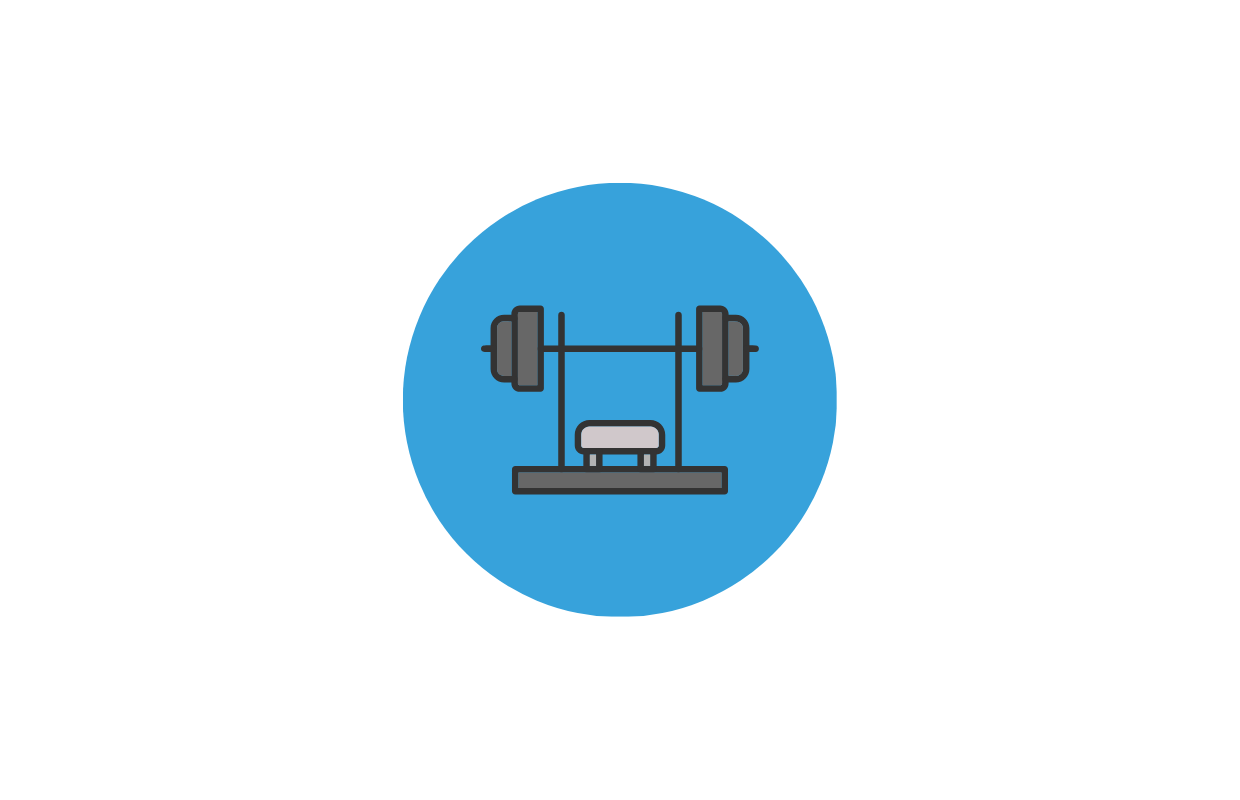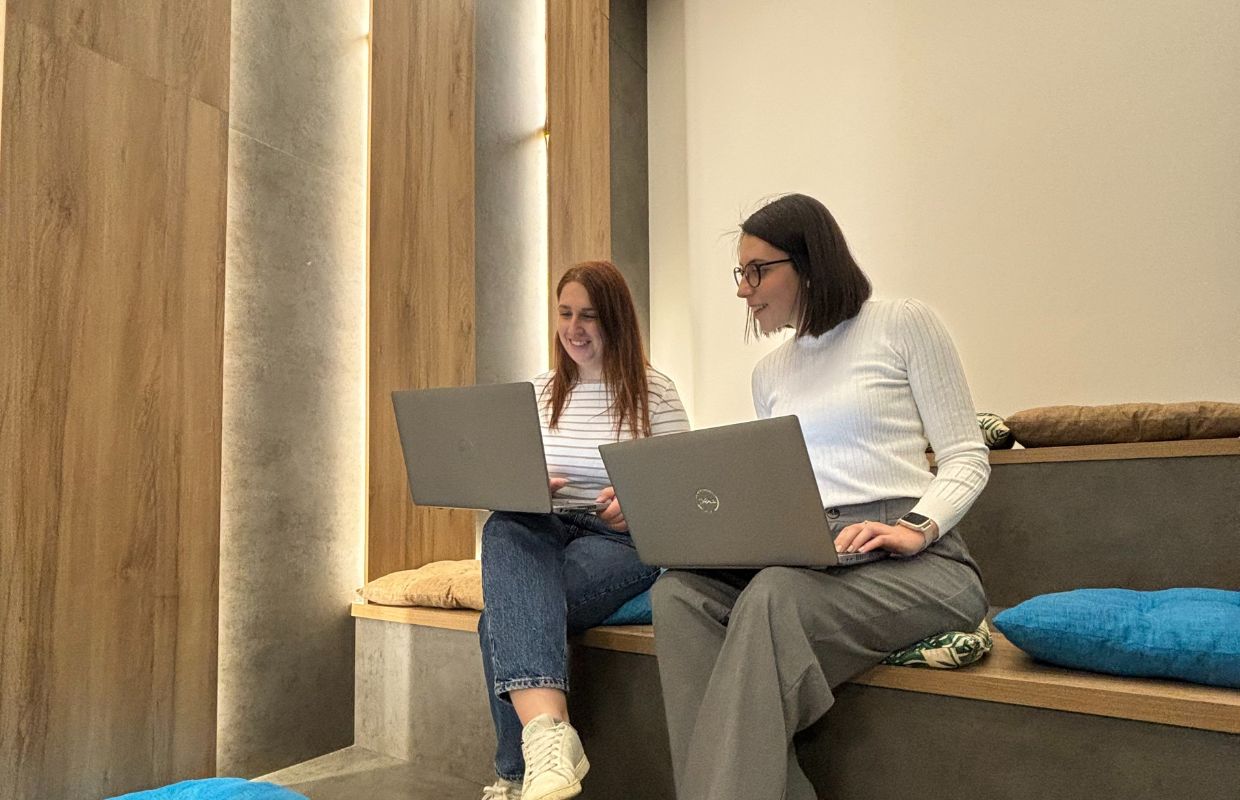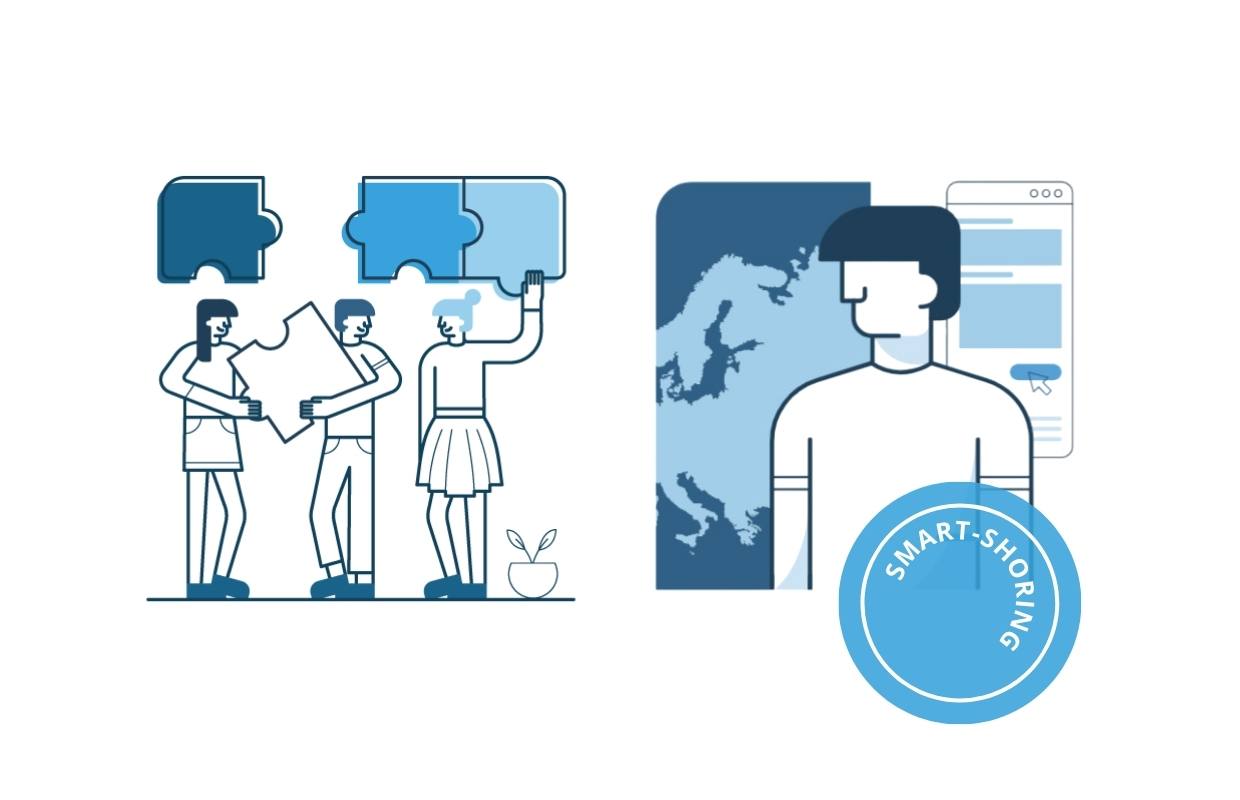In the past few months, we have done extensive research into best practices for when our people are between projects. This has resulted in an improved strategy for our consultants, so they can have a creative and engaging experience when they happen to find themselves on the bench. For those who may be unfamiliar with the nomenclature, “the bench” is the nonphysical place where all employees without current assignments “sit”.
A bench is a strategic necessity for an IT consulting company. Sometimes it’s smaller, and sometimes it grows larger. It’s true art to find the perfect balance of having the right skillset available at the right time. Creating a strategic advantage from a bench takes a lot of investment on both ends, by the company and by the employee.
Internal Projects
Bench-time is also a time to be productive, and there are a few different ways to achieve this. Employees can choose to start their own project, choose an internal company project, or research new technologies that management has seen the need for.
As an example, internal company projects may aim to explore and identify software tools used for various internal processes and create in-house solutions. Manual processes can be digitalized. One way to approach this is through internal thematic hackathons. This is indeed something we did last week. 20 of our teammates from three locations (Stockholm, Skopje, and Bitola) took part in the Hackathon 2.0. It lasted 3 days, for 8 hours per day (a special post dedicated to this event is coming!). Polar Cape has also held a “let’s digitalize our company” hackathon in the past).
At the same time, the company may want to try different initiatives to encourage teamwork. Organizing internal coding competitions is one of the ways to achieve this. Others include attending workshops to learn on emerging industry trends, or hosting workshops to help enrich their colleagues’ skillset and by this, widen the company’s portfolio.
Another example of an internal project at Polar Cape was our development team helping with pre-sales support. Their task consisted of creating a sample project that was used in a sales pitch. This helped showcase our capabilities to a potential client.
Learning New Skills
Time in between projects is a great time for employees to take on new challenges. If your company is already fully digitalised, you may choose to listen to your employees’ needs to learn technologies that are new and current. This will prepare your employees for a future where these newer technologies will be used in a future market. As an example, AI has changed the game in the IT industry – and this may be something they wish to explore.
It’s not just tech skills that are needed when joining the next project. Employees may also choose to focus on their soft skills. As we spoke in our blog post from a few weeks back, soft skills are something that can set apart a good team from a great team.
And it goes without saying that colleagues with time available can use that time for mentoring purposes. Since it will most probably consist of both senior and junior colleagues, the bench will be great for experience and knowledge exchange between the two. Knowledge sharing can be further extended to interns in the company.
Skill Assessment and Enhancement
Having identified your employees’ strengths and interests can help you find projects and opportunities for them. You can always use one employee’s experience to build on the experience of others. Whether it is through having them prepare case studies for projects they took part in, or through utilising their knowledge to expand the skillsets of other employees through teaching. This type of cross-training can help companies achieve a more versatile workforce.
Another idea that is worth looking into is utilizing bench employees as backup for those who are assigned to a project. They can discuss the project, test different approaches, and through this offer an even wider expertise and better experience to the client.
Conclusion
Being open about each phase in the employee lifecycle is something we practice at Polar Cape. Feeling included and valued regardless of the current project assignment boosts motivation and loyalty. Discussing the situation openly increases trust, and employees feel included and valued. Any employee can find themselves in-between assignments at some point. It’s making the most of the time while staying motivated, which is the key to success – for each individual and for the company.
In a modern landscape where assembling a good team can be a challenging task, having a development plan for each employee and showing genuine care can go a long way. This is also something we strive for at Polar Cape. It’s how we achieve having readily available colleagues to seed new high-performance teams at all times.













